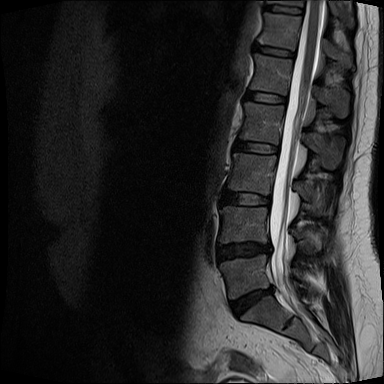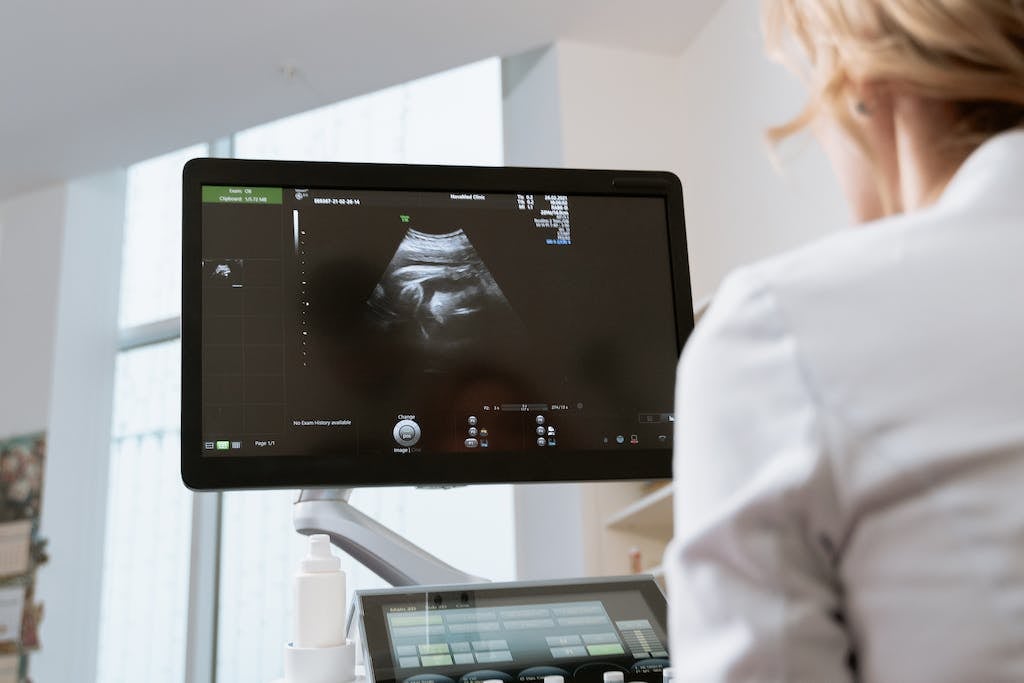Deep Learning-Based Identification and Prediction of Comorbidity Risk Factors for Sepsis
Sepsis is a life-threatening systemic inflammatory response syndrome, often triggered by infection, which can rapidly progress to multiple organ failure and death. Clinical observations have shown that many patients develop sepsis in the presence of one or more chronic comorbidities, such as diabetes, chronic kidney disease, or cancer. These comorbidities may significantly influence both the…










